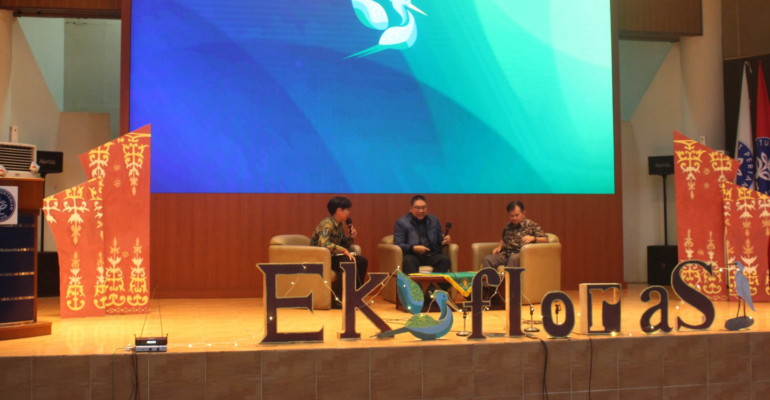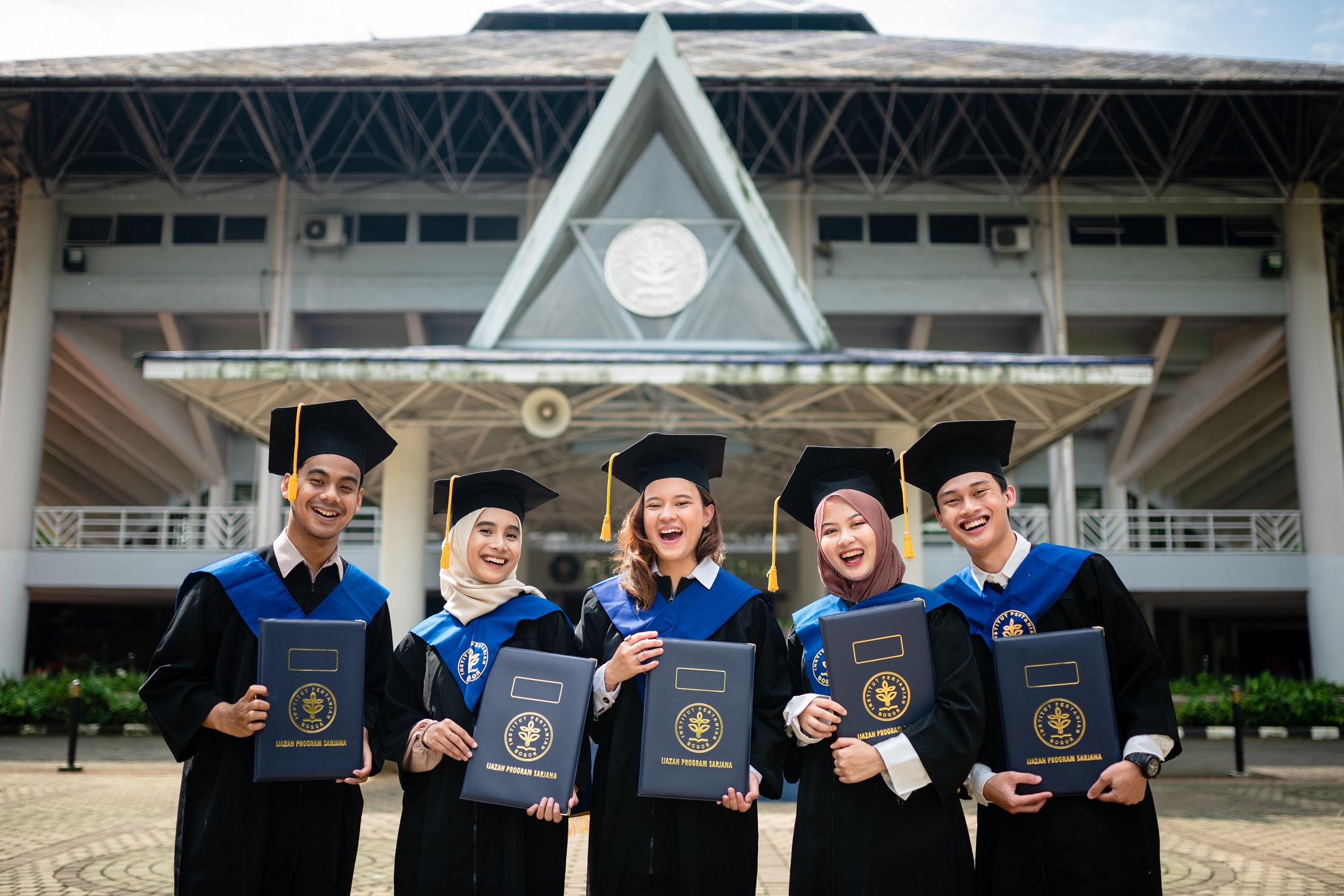Himpro Tree Grower Community IPB University Reveals the Potential of Mangrove Ecosystems as Carbon Sinks

Students of the Department of Silviculture, Faculty of Forestry and Environment, IPB University who are members of the Professional Association of Tree Grower Community again held a mega-proker Flora Expedition and Scientific Studies (Eksflorasi) 2024. One of the series of this activity is the Opening Eksflorasi 2024 which was held on 31/3, at Andi Hakim Nasution Auditorium, IPB University, Dramaga.
“The Eksflorasi 2024 program will be implemented in Sembilang National Park in August 2024. This year, Exflorasi’s theme is the potential of the Sembilang National Park mangrove area in realizing Indonesia Folu Net Sink 2030. The theme was chosen to represent our active role as students to support government policies, especially in the forestry sector,” said Agung Saputra, as the Chief Executive of Eksflorasi 2024.
Agung continued, Sembilang National Park, which will be the location of Eksflorasi 2024 activities, has 40 percent mangrove ecosystems. “Therefore, this Exploration activity is expected to reveal the potential, contribution, and strategy of mangrove ecosystem preservation as a carbon sink to realize Indonesia Folu Net Sink 2030,” he said.
Dr Ruandha Agung Sugardiman, Chairman of Indonesia Folu Net Sink 2030, said that the forest and other land uses (Folu) sector, especially the forestry sector, has the greatest potential to reduce 60 percent of carbon emissions by 2030.
“The forestry sector not only acts as an emitter but also as an emission sink so that this sector becomes Indonesia’s foundation in reducing greenhouse gas emissions. The ability of forests, especially mangrove ecosystems, to absorb carbon dioxide can contribute to reducing carbon emissions,” said Dr Ruandha.
“Mangrove ecosystems have environmental services as carbon sinks are even 3-5 times greater than tropical forests,” said ProfCecep Kusmana, as a mangrove expert and lecturer at the Department of Silviculture.
He continued, mangrove ecosystems in Indonesia covering 3.36 million hectares are estimated to be able to produce a potential carbon stock of 1082.55 tons of carbon per hectare.
“But on the other hand, if the mangrove ecosystem is degraded, it will produce high emission values. In this case, active participation of students and the community in mangrove ecosystem conservation efforts is needed to improve the quality and quantity of mangroves in absorbing carbon,” he said. (*/Lp) (IAAS/SNI)



